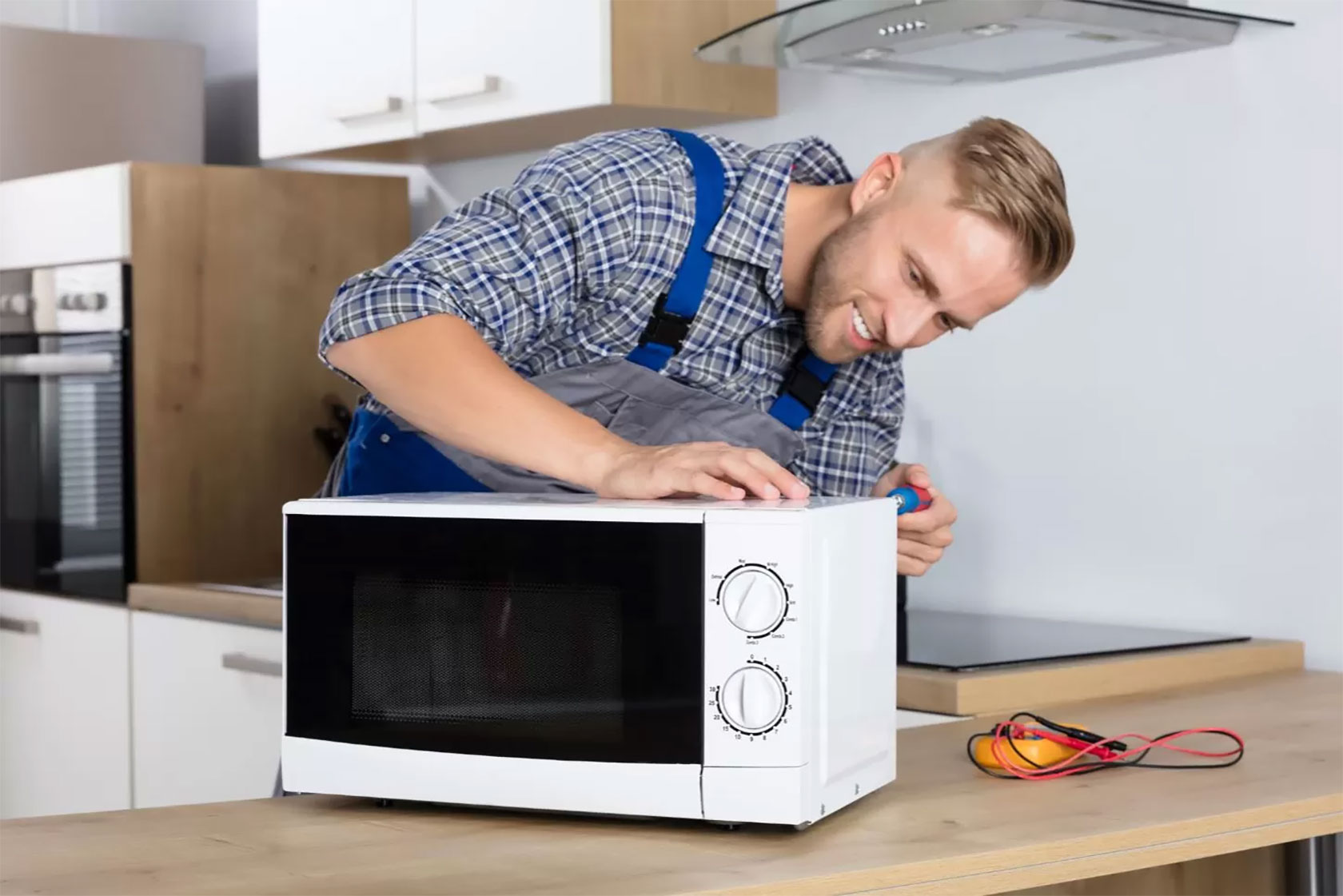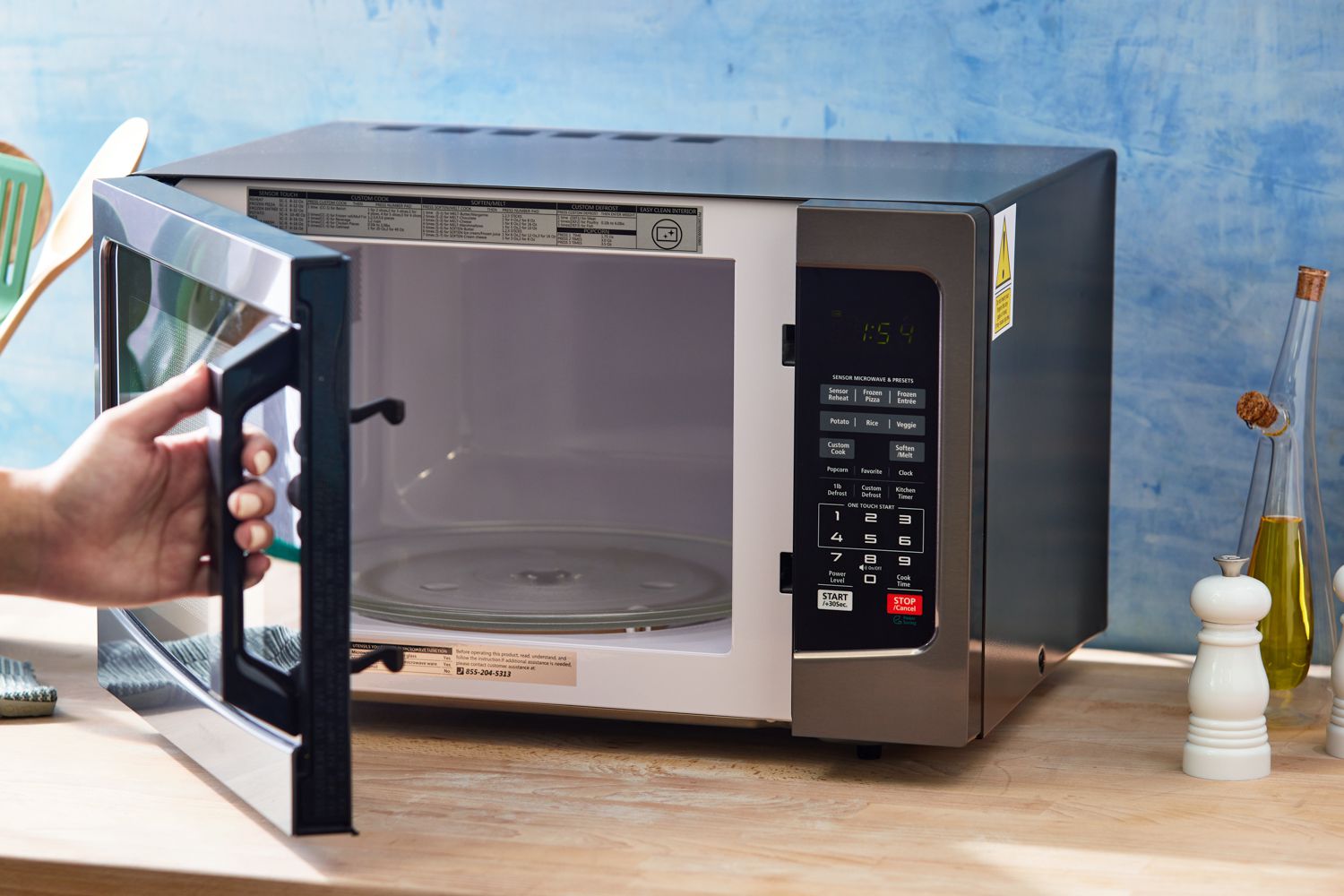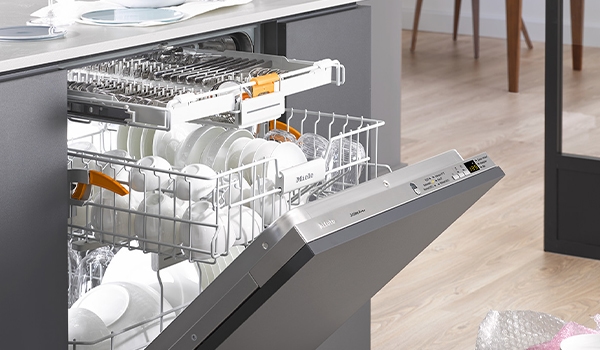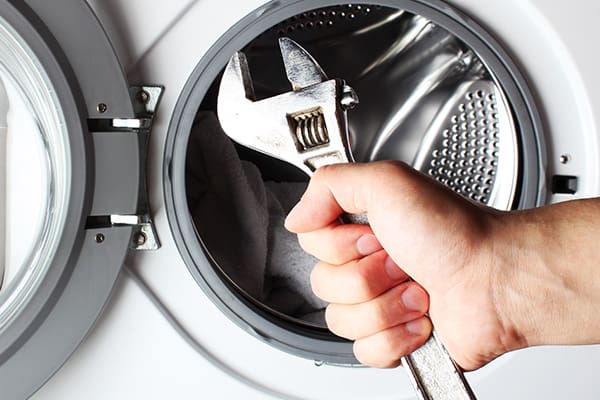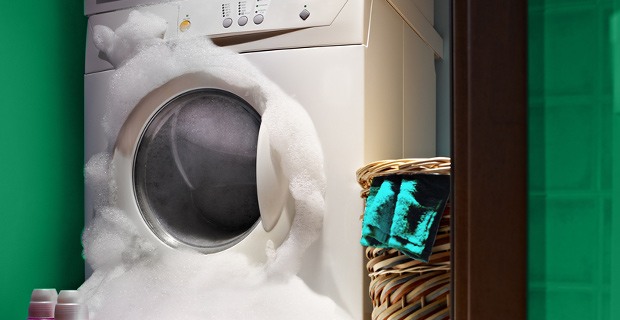Tips for Keeping Your Microwave in Top Condition
Maintaining your microwave is essential for ensuring its longevity and efficiency. Regular cleaning and simple DIY fixes can prevent common issues, saving you time and money. In this guide, we’ll explore basic microwave maintenance tips, troubleshooting common problems, and easy solutions to keep your appliance running smoothly.
Tips for Keeping Your Microwave in Top Condition
Proper microwave maintenance is essential to ensure your appliance operates efficiently and lasts longer. One of the most important aspects is regular cleaning. Food splatters and spills can lead to odors, stains, and even reduced performance. To keep your microwave clean, wipe down the interior with a damp cloth after each use, and use a mild detergent for stubborn stains. You can also place a bowl of water with lemon slices inside and run the microwave for a few minutes to loosen grime and eliminate odors.
Microwave troubleshooting involves watching for signs of wear or malfunction. If you notice that your microwave is not heating evenly, making unusual noises, or the turntable isn’t rotating properly, it might be time for a check-up. Inspect the door seal regularly for damage, as a worn-out seal can lead to heat loss and inefficient operation.
Another key tip is to avoid using metal containers or aluminum foil inside the microwave, as they can cause sparks and damage the appliance. Always use microwave-safe dishes, and ensure the appliance is not overloaded to prevent strain on the motor.
By following these microwave cleaning tips and performing regular maintenance, you can keep your microwave in top condition, ensuring it remains a reliable kitchen appliance for years to come.
Daily Cleaning Tips
Maintaining a clean microwave on a daily basis is crucial for both hygiene and optimal performance. Regular microwave maintenance not only prevents the buildup of food residue but also helps avoid potential issues that may require troubleshooting later on.
- Wipe Down After Each Use
- Use a Cover
- Deodorize with Lemon
- Clean the Exterior
- Inspect for Issues
Wipe Down After Each Use. One of the simplest microwave cleaning tips is to wipe down the interior after each use. Spills and splatters can harden over time, making them difficult to remove. Use a damp cloth or sponge to clean the walls, door, and turntable immediately after cooking. This quick action prevents stubborn stains and keeps your microwave looking fresh.
Use a Cover. Covering your food with a microwave-safe lid or paper towel while heating can minimize splatters. This small step significantly reduces the amount of cleaning required and helps keep the interior of your microwave spotless.
Deodorize with Lemon. To keep your microwave smelling fresh, place a bowl of water with lemon slices inside and heat it for a few minutes. The steam helps loosen any grime while the lemon neutralizes odors. Afterward, simply wipe down the interior with a soft cloth.
Clean the Exterior. Don’t forget to clean the microwave’s exterior daily. Wipe down the door handle, control panel, and vents with a damp cloth. This not only maintains the appliance’s appearance but also ensures that buttons and functions remain responsive.
Inspect for Issues. During your daily cleaning routine, take a moment to check for any microwave troubleshooting signs, such as unusual noises or the door not sealing properly. Addressing these issues early can prevent more serious problems.
By incorporating these daily microwave cleaning tips into your routine, you can keep your appliance in top condition, ensuring it operates efficiently and remains free of odors and stains.
Avoiding Common Microwave Problems
To ensure your microwave functions efficiently and lasts longer, it's important to follow proper microwave maintenance practices and be aware of potential issues before they become serious. Here are some tips to help you avoid common microwave problems.
- Regular Cleaning
- Avoid Overheating
- Use Microwave-Safe Containers
- Monitor Cooking Times
- Inspect the Door Seal
- Pay Attention to Warning Signs
Regular Cleaning. One of the most effective ways to prevent issues is through regular cleaning. Food particles, spills, and grease can accumulate inside the microwave, leading to unpleasant odors, stains, and even reduced efficiency. After each use, wipe down the interior with a damp cloth to remove any splatters. For deeper cleaning, use a mixture of water and vinegar or a specialized microwave cleaner to tackle stubborn stains. Regularly clean the turntable and ensure it spins freely without obstruction.
Avoid Overheating. Overheating can damage your microwave’s internal components, leading to costly repairs. To avoid this, never run the microwave empty, as it can cause the magnetron to overheat. Additionally, be cautious when heating foods that tend to pop or splatter, like popcorn or oily dishes. Use microwave-safe covers to contain splatters and prevent food from sticking to the interior walls.
Use Microwave-Safe Containers. Using the wrong containers can cause significant damage to your microwave. Always use microwave-safe glass, ceramic, or plastic containers. Avoid metal containers and aluminum foil, as they can cause sparks and damage the appliance. Also, be mindful of using containers that aren’t labeled as microwave-safe, as they may release harmful chemicals when heated.
Monitor Cooking Times. Overcooking food not only affects the taste but can also lead to scorching and burning, which can damage the microwave's interior. Follow recommended cooking times and power settings for different foods. If you're unsure, start with a lower time and check the food's progress to avoid overcooking.
Inspect the Door Seal. The door seal is crucial for keeping the microwave’s energy contained. Regularly inspect the seal for any signs of wear, cracks, or damage. A compromised seal can lead to heat loss and inefficient operation. If you notice any issues, it's important to replace the seal or consult a professional for repair.
Pay Attention to Warning Signs. Microwave troubleshooting involves paying attention to any unusual noises, sparks, or changes in performance. If your microwave starts making strange sounds, doesn’t heat food evenly, or has difficulty starting, these could be signs of a problem. Address these issues promptly to prevent more severe damage.
By following these microwave cleaning tips and maintenance practices, you can avoid common microwave problems and ensure your appliance continues to operate safely and efficiently. Regular care and attention not only extend the life of your microwave but also help you avoid costly repairs and ensure consistent performance.
Power Issues, Unusual Noises
Power issues and unusual noises are common problems that can arise with microwaves, and understanding these signs can help you take timely action to avoid further damage. Proper microwave maintenance and prompt troubleshooting are essential to keep your appliance running smoothly.
- Power Issues
- Unusual Noises
- Preventive Measures
Power Issues: If your microwave is experiencing power issues, such as not turning on, shutting off mid-cycle, or displaying flickering lights, several factors could be at play. First, check the power source. Ensure the microwave is properly plugged in and that the outlet is functioning correctly. If the microwave still won’t power on, try plugging it into a different outlet to rule out a circuit issue.
If the power problem persists, the issue could be related to a blown fuse or a tripped circuit breaker within the microwave. Microwaves contain internal fuses that protect against power surges. If a fuse blows, the microwave won’t function until it’s replaced. Replacing a fuse is a task best handled by a professional, as it involves accessing the internal components of the microwave.
Another possible cause of power issues is a faulty door switch. Microwaves are designed to operate only when the door is securely closed. If the door switch is malfunctioning, the microwave may not recognize that the door is closed, preventing it from turning on.
Unusual Noises: Microwaves typically operate quietly, so any unusual noises are a cause for concern. Common noises include buzzing, grinding, or rattling sounds, which can indicate different issues.
A buzzing noise is often linked to a problem with the magnetron, the component responsible for generating the microwave’s heat. If the magnetron is faulty, it may produce a loud humming or buzzing sound. This issue requires immediate attention from a qualified technician, as continuing to use the microwave could cause further damage.
Grinding or rattling noises can be caused by debris or food particles stuck in the turntable mechanism. Cleaning the microwave thoroughly, including the area under the turntable, can often resolve this issue. However, if the noise persists, it could indicate a worn-out motor or turntable roller that needs replacing.
Preventive Measures: Regular microwave maintenance and cleaning can help prevent many of these issues. Ensure that the microwave’s interior is kept clean, and check the turntable and rollers regularly for debris. Additionally, be mindful of using the microwave within its power limits and avoid overloading it.
By staying vigilant and addressing power issues and unusual noises promptly, you can prevent more serious problems and extend the life of your microwave. If you’re unsure how to troubleshoot these issues, consulting a professional is always a wise choice to ensure your appliance remains safe and functional.
Simple DIY Fixes
Taking care of your microwave doesn’t always require professional help; some issues can be resolved with simple DIY fixes. Regular microwave maintenance and quick attention to problems can keep your appliance running smoothly.
- Resetting Power
- Cleaning the Turntable and Rollers
- Replacing the Light Bulb
- Deodorizing with Lemon
Resetting Power. If your microwave suddenly stops working, it may just need a reset. Unplug the microwave, wait for a few minutes, and then plug it back in. This simple action can resolve issues caused by power surges or minor electronic glitches.
Cleaning the Turntable and Rollers. If your microwave’s turntable isn’t rotating properly or is making noise, it might just need a good cleaning. Remove the turntable and rollers, and wash them with warm, soapy water. Wipe down the area beneath the turntable to remove any debris that might be causing the problem. Reassemble and check if the issue is resolved.
Replacing the Light Bulb.If the interior light has gone out, replacing it is a simple task. Ensure the microwave is unplugged, remove the cover (typically at the back or side), and replace the bulb with one that matches the manufacturer’s specifications.
Deodorizing with Lemon. To eliminate odors, place a bowl of water with lemon slices in the microwave and heat for a few minutes. The steam helps loosen grime and leaves a fresh scent.
These easy DIY fixes, along with regular microwave cleaning tips, can solve common issues and extend your microwave’s life, saving you time and money on repairs.


